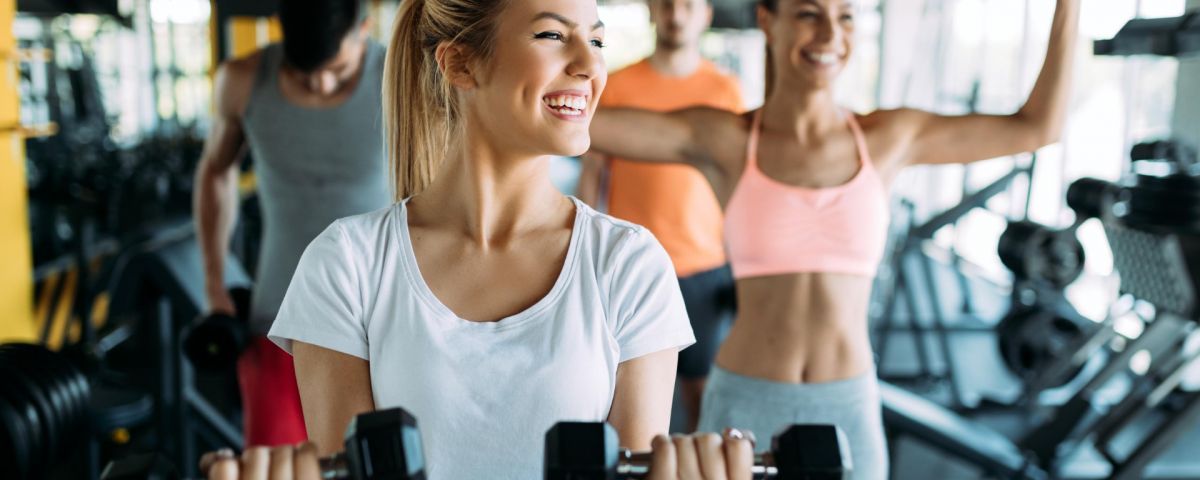Returning to the Gym

Work Ergonomics
July 16, 2020
Ankle Injuries
July 24, 2020Returning to the Gym

Returning to the Gym after COVID
After three months of balancing homeschooling, demands of family and career, closed gyms and relying on ZOOM or Youtube exercise programs, the gym god’s have answered our prayers and have re-opened!
Whilst going to the gym prior to the pandemic may have seemed like a chore, it is now considered an outlet for mental health and a way to get rid of those extra COVID kg’s.
City Physio is located in the heart of Martin Place, surrounding us are several gyms. Jumping straight into your “pre COVID” exercise program may mean you have to see us sooner rather than later. So, here are some key points to consider when returning to your exercises at the gym.
Load Management
Gradual loading is when the body needs to be gradually exposed to a new or harder stimulus so that it places increasing demands on the musculoskeletal system via a step principle. If the body is exposed to heavy weights or high intensity cardio stimulus after a period of ‘rest’, than the risk of injury is much higher. Load management is about maximising your time back in the gym, without increasing risk of injury. There’s no black and white prescription, however, I usually recommend decreasing your exercise load by 30% in the initial phase, reviewing how your body responds and then increasing it by 10% each week.
Posture
During lock down, many of us spent increased time in front of the computer with questionable ergonomics. If you haven’t already set up your desk properly you can watch our video https://youtu.be/RhC_PEjDopA to get you started. Poor ergonomics can result in non optimal posture positions, causing loss of mobility, reduced range of motion, weakness and one unhappy body! No posture is one size fits all. City Physio prides itself on identifying what is a ‘good’ posture for you. So – what is “good posture”? The postural muscles include the mid and lower traps, serratus anterior and rhomboids. These are generally under trained, therefore targeting your exercise program to train these muscles as a primary or secondary, can help you to set your scapular (shoulder blade) correctly and enhance your performance of the exercise.
“Form over Force”
“Form over Force” is a regular phrase we use here at City Physio. It refers to setting the scapular and correcting your posture before attempting to perform any exercise. Muscles generally bias the path of least resistance, meaning they will recruit muscles that are shorter or tighter, resulting in a ‘poor’ form lift or exercise. Starting off with low, light weights and focusing on correct technique is critical when returning to gym or sport. Building up from a solid foundation will get you ahead. We like to advise our patients to look at themselves in the mirror whilst performing the movement to ensure they achieve correct technique. It is important that we are able to identify why we aren’t developing muscles in the ‘right’ regions.
Rest days
As much as you want to drop the “COVID kg’s” and jump straight onto those machines, it is important to avoid ‘shocking’ your body into sudden exposure of increased cardio/strength based workouts. Scheduling rest days is important to ensure adequate recovery and healing of muscles. The principle of “too quick too soon” is relevant to this case. Overworking the muscles groups could lead to overuse injuries such as tendinopathies, rotator cuff injuries, muscle strains or even stress fractures.
At City Physio we are very patient focused. We listen to your goals and we want you to achieve them in the safest way. If you have any ongoing niggles, book an appointment with one of our physiotherapists to ensure a safe and efficient return to gym and sports. Contact us Now!

